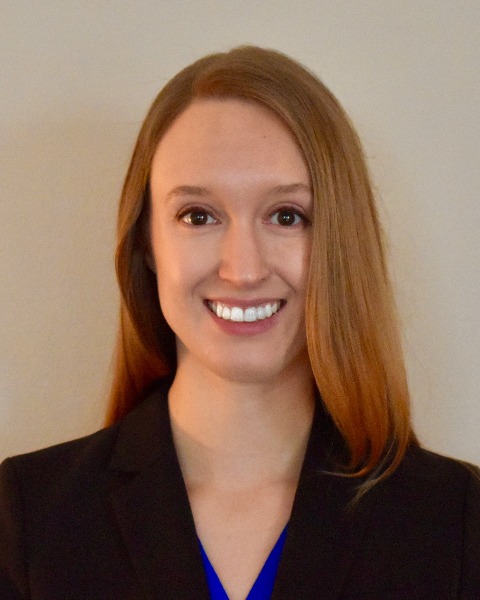Personal Protective Equipment Compliance: A Quality Improvement Initiative
-

Hilary Brown
Rosalind Franklin University of Medicine and Science
Naperville, IllinoisDisclosure information not submitted.
-
LC
Lizabeth Copre, BSN, CCRN, RN
Pediatric Transport Coordinator
Advocate Lutheran General Childrens Hospital, United StatesDisclosure information not submitted.
-
CL
Catherine Larson, BA, MSN, CNL
Clinical Practice Specialist
n/a, United StatesDisclosure information not submitted.
-
SS
Stephanie Spacone-Perez, BSN, RN, CCRN
Nurse
Advocate Children's Hospital, United StatesDisclosure information not submitted.
-
LA
Laura Albanese, BSN, RN, CCRN
Assistant Clinical Manager
Advocate Children's Hospital, United StatesDisclosure information not submitted.
-
SW
-
MS
Mitali Shah, MPH
Pediatric Infectious Preventionist
Advocate Children's Hospital, United StatesDisclosure information not submitted.
-
VG
Varsha Gharpure, MD, FAAP, FCCM
Pediatric Intensivist
Advocate Children's Hospital, United StatesDisclosure information not submitted.
First Author(s)
Co-Author(s)
Title: Personal Protective Equipment Compliance: A Quality Improvement Initiative
Introduction: Studies prior to the Severe Acute Respiratory Syndrome CoronaVirus-2 (SARS-CoV-2) pandemic reported poor adherence to personal protective equipment (PPE) use with higher risk of contamination during doffing. The pandemic heightened the importance of proper PPE use while make the process more complex due to changing guidelines and reuse of equipment, but data on compliance is limited. The goal of this Institutional Review Board approved multidisciplinary quality improvement project is to identify and ameliorate modifiable, individual and system factors, through process standardization and education to achieve 100% compliance with PPE use among pediatric providers.
Methods: We used an anonymous online survey (Research Electronic Data Capture) and bedside audits to gauge baseline compliance and opportunities for intervention. Each step of the donning and doffing process, including N95 reuse, was counted as one event. Interventions were then implemented including; education with embedded videos, in-person validation of donning/doffing technique and custom-designed PPE carts with reuse storage for direct care providers of patients with SARS-CoV-2 infection.
Results: Out of 86 survey respondents, only 22% reported high confidence in their donning/doffing skills, while 32% were somewhat confident. 30% identified errors/self-contamination. Major reported reasons were lack of knowledge of the current process due to frequent changes in recommendations (74%), lack of supplies consolidated in one location (89%), and distraction by phone calls/conversations (88%) followed by patient deterioration (66%) and PPE fatigue (33%). Statistically significant improvement was noted in the total number of error free events from pre- to post- intervention [donning with N95: 76% (n=70 events, 10 providers) vs. 100% (n=56, 8 providers), p< 0.001 (chi square); doffing with N95 (n=63, 7 providers) vs. 94% (n=54, 6 providers), p=0.004].
Conclusions: Due to the need for rapid intervention to maintain staff safety, a limited number of baseline audits were completed. However, this project highlights the importance of a focus on education and proper storage of supplies, in addition to its acquisition and deployment. Post-audits and surveys to identify additional opportunities will be continued for subsequent cycles.
